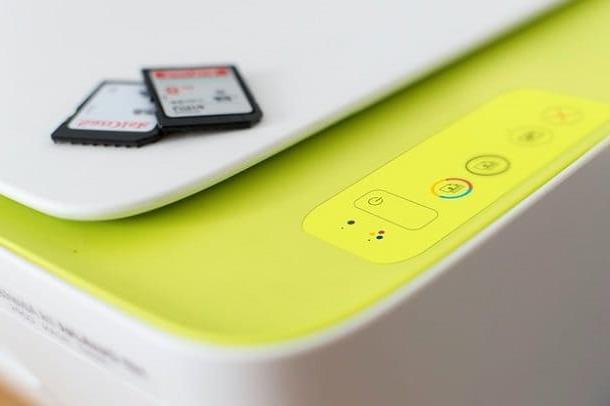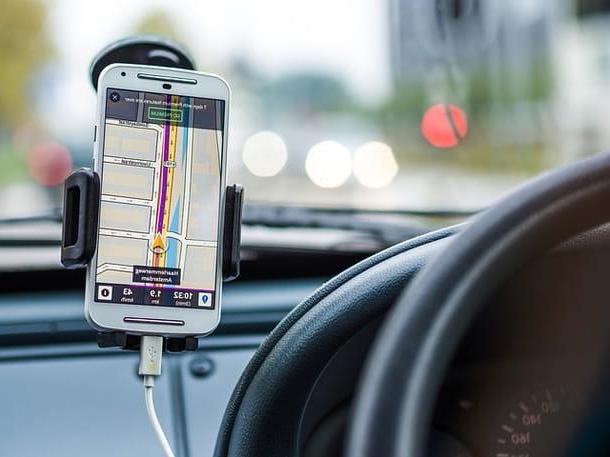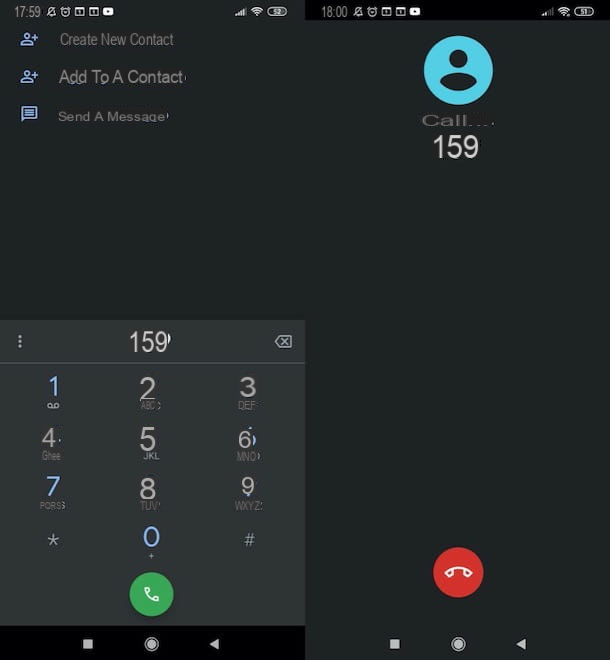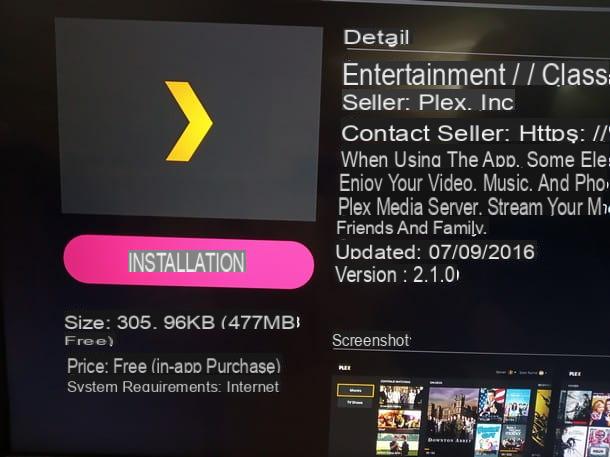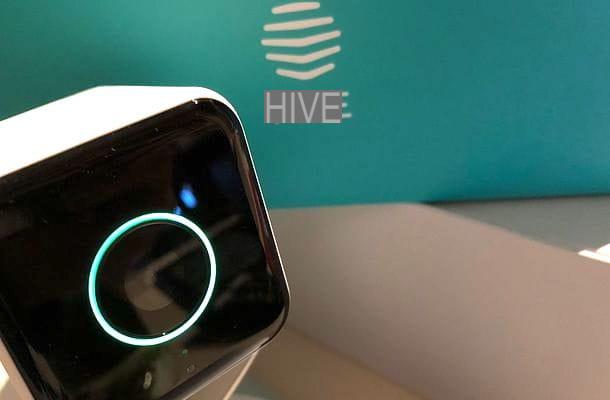How a TV signal repeater works
Before explaining, in detail, how to connect a repeater, it is good to clarify the devices that make up a complete "kit" and their specific characteristics: below I will provide you with all the necessary information.
Technical features
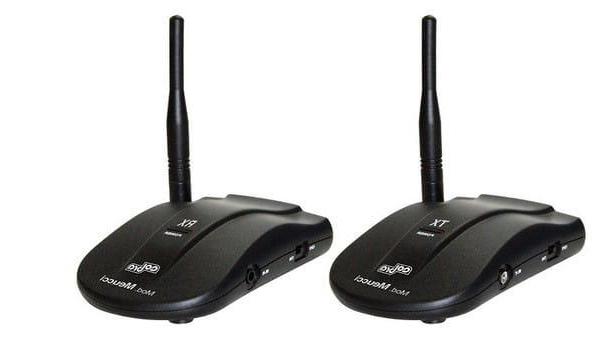
The transmission of the audio / video signal from one TV to another is not set up by a single repeater but by a complete kit, consisting of at least 3 devices: a device transmitter, of input o TX, which is what takes care of "acquiring" the signal and retransmitting it at a distance; a device receiving, of output o RX, which takes care of "capturing" the transmitted signal and replicating it on the second TV, and a device infrared, useful for using the remote control from a distance (without jumping from room to room to change channels).
Repeaters of this type work using electromagnetic waves, operating at 5,8 GHz: on this frequency it is difficult to find interference, as it is not used by a wide range of devices; among other things, the coverage offered by a pair of repeaters is quite limited (most indoor repeaters, for example, offer a maximum coverage of 20 meters).
Keep in mind that these devices they do not have an internal tuner: this means that, in practice, they cannot be connected in a “direct” way to the antenna, but must necessarily acquire a signal from a device that is able to tune the channels and re-transmit them in turn to a video destination. Therefore, a transmitting repeater could be safely connected to a decoder, but not a Smart TV, as the latter has no signal output capability.
How to use
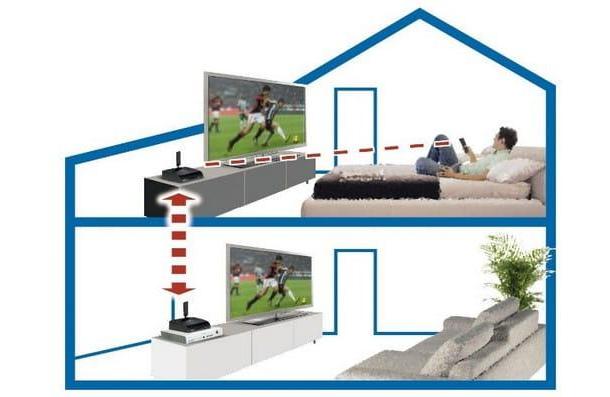
To better understand the concrete functioning of a repeater kit, it is time to illustrate everything with a practical example: in principle, what you need to do is connect the TX repeater to the device that receives the signal directly from the antenna (for example the decoder), insert the connector of the receiver infrared in the TX (taking care to position it in front of the sensor of the same name on the decoder) and connect the RX repeater to the TV on which to retransmit the signal (in practice, the one placed in the absence of the TV antenna). For devices of this type, the most common connection mode is the so-called SCART socket but, as I will explain later, there are also repeaters compatible with the HDMI connection.
Once this is done, you need to connect both repeaters to the power outlet, turn them on and choose the transmission channel acting on the levers attached to both devices, or make the pairing by pressing the appropriate buttons. The big part is practically done: turn on the decoder, do the same thing with the TV without an antenna, place it on the right video source (in this case, SCART) and control the decoder remotely by directing its remote control towards the RX repeater (which will take care of sending the infrared signal to the other receiver, and consequently to the decoder). The TV connected to the TX repeater will continue to operate as usual.
However, keep in mind that, in this way, both TVs will necessarily be tuned to the same channel: in practice, what is reproduced by the TV equipped with a decoder (and therefore positioned in the room where the antenna is present), is replicated on the TV. not equipped with independent antenna, with no possibility of choice.
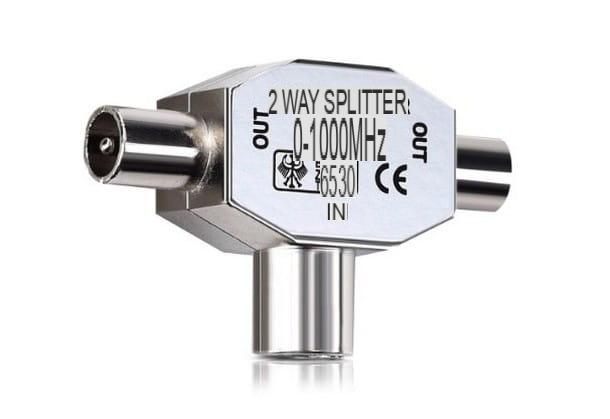
If you want to solve this problem, you can act as follows: first of all, you have to "double" the signal coming from the wall antenna socket, using a special Y adapter and a second cable for the antenna (which you can buy for a few euros in stores specializing in electronics or television items, or online).
See offer on Amazon See offer on Amazon
At this point, connect the Y adapter to the wall socket and the antenna cable from the decoder (or Smart TV) already present to one of the two free connectors: you can use this TV in the usual way. As I have already explained to you in the beginning, you cannot directly connect the repeater to the second available antenna, as it is not equipped with a tuner: this means that, in this case, you will necessarily have to equip yourself with a second decoder, to be connected to the TX repeater and antenna. If you don't have one and you need help choosing, you can consult my guide dedicated to buying a new decoder for digital terrestrial.
The game is practically done: connect the second output of the Y splitter to the new antenna cable, connect the second end of the latter to the decoder and, to the decoder, connect the TX repeater and the small IR receiver using the connection mode more appropriate (eg SCART). Then, power up and turn on both devices, take the decoder remote control with you and move to the TV without an antenna: to the latter, connect the RX receiver, connect the necessary power plugs, turn on both devices and , from the TV, switch to the correct video source (eg. SCART).
Using the remote control, you can “remotely” tune the channels on the decoder (thanks to the small integrated infrared system) and then watch the TV completely independently of the other, using the channels picked up by the new decoder. If you need help with channel tuning, I invite you to take a look at my guide on how to tune your decoder.
Note: If there is noisy signal on both TVs, the problem may be due to the incorrect orientation of the antenna. If this is your case, you can follow the advice I gave you in my in-depth analysis dedicated to the orientation of the antenna to find a valid solution.
Types of TV signal repeater
There are currently two types of TV signal repeaters available, based on the type of connection supported: SCART e HDMI.
SCART repeaters
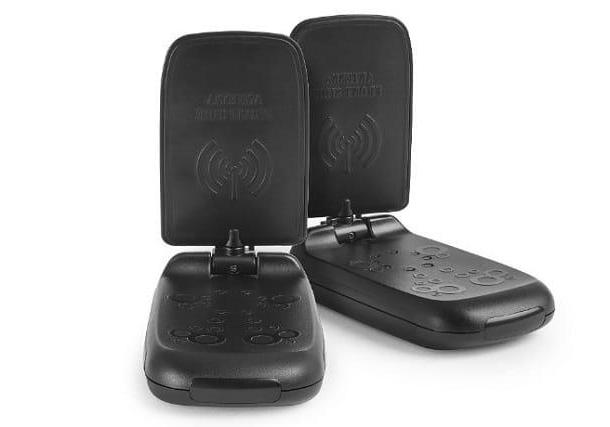
Connectivity-based repeaters SCART they are the simplest and cheapest and, despite the "old technology" SCART, they are still perfectly compatible with current television standards. So, if you use the decoder for digital terrestrial, you should already have the SCART cable with which to connect these types of repeaters; if, on the other hand, you need to connect the transmitter to a new generation decoder (SkyHD, Sky Q), you will need to use an HDMI to SCART adapter, like the one I propose below.
Vedi offers your AmazonIf, on the other hand, the problem is to connect the RX repeater to a modern TV without SCART, you must use a SCART to HDMI adapter, like the one available below.
Vedi offers your AmazonAlthough these converters are apparently the same, you have to pay close attention to the "direction" with which the signal travels: as regards the TX decoder-repeater pair, you need to use a converter that you accept input HDMI and transmit it in SCART, while as regards the TV-RX repeater pair you must instead employ a converter that accepts input SCART and retransmit it in HDMI. Keep in mind that these converters require mains power.
HDMI repeaters
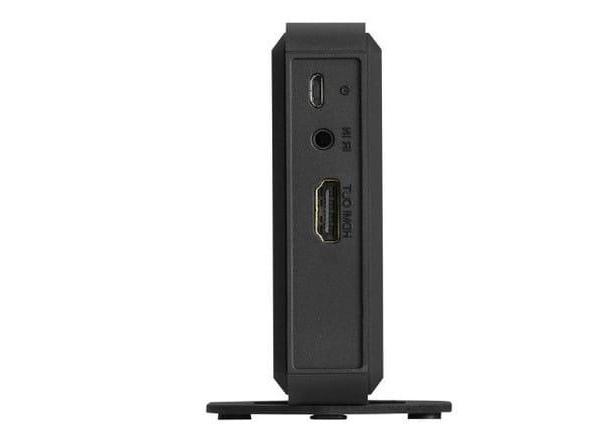
If you do not have televisions / decoders equipped with a SCART socket and you do not want to lose yourself in the purchase of too many additional adapters, you should instead focus on repeaters compatible with the inputs and outputs. HDMI, which can be conveniently connected to the most modern devices.
But I warn you: these models are extremely more expensive than repeaters with SCART sockets, so carefully analyze the situation and consider whether it is appropriate to spend a higher amount to avoid the use of some converter (as you have seen a little while ago , these have much lower prices).
Where to buy a TV signal repeater
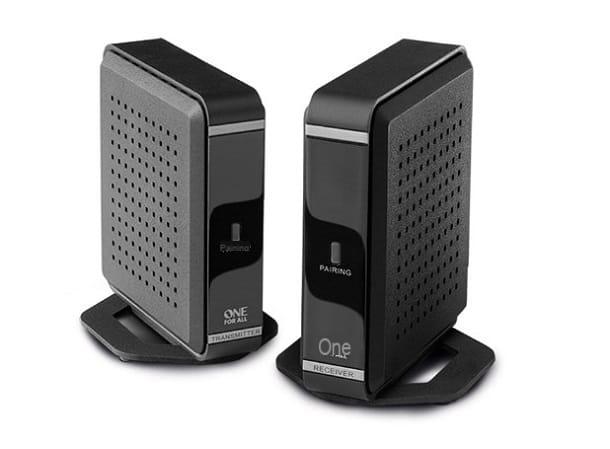
Now that you know how a TV signal repeater (or rather, a kit of repeaters) works and how to connect them, you will be pleased to know that such devices can be easily found in the electronics stores, of informatics, dedicated to television articles and in online stores. Here are some TV repeater kits, equipped with SCART connectivity, available online.
Vedi offers your AmazonHere, however, is a selection of repeaters equipped with HDMI connectivity, always available online.
TV signal repeater: how it works




